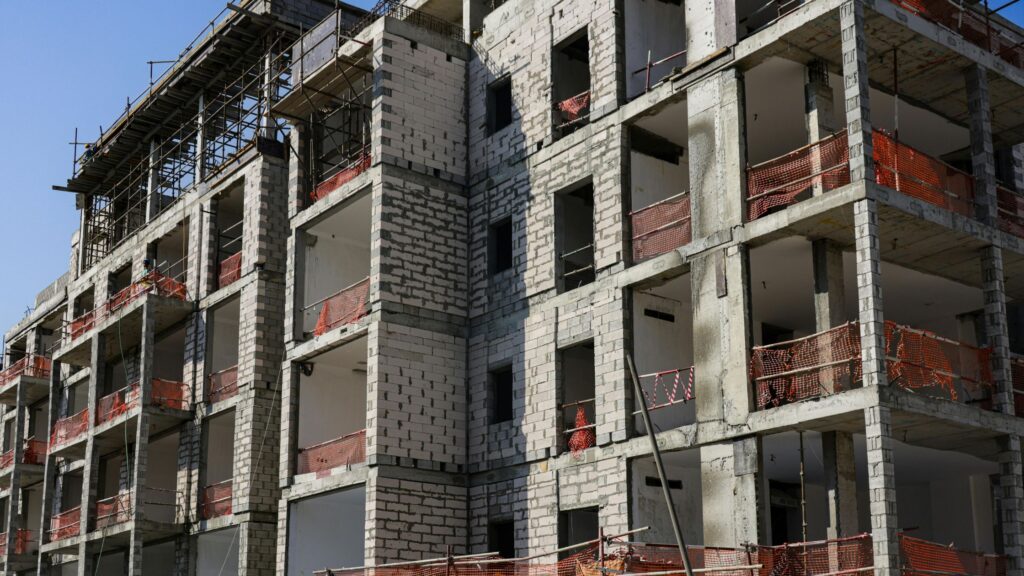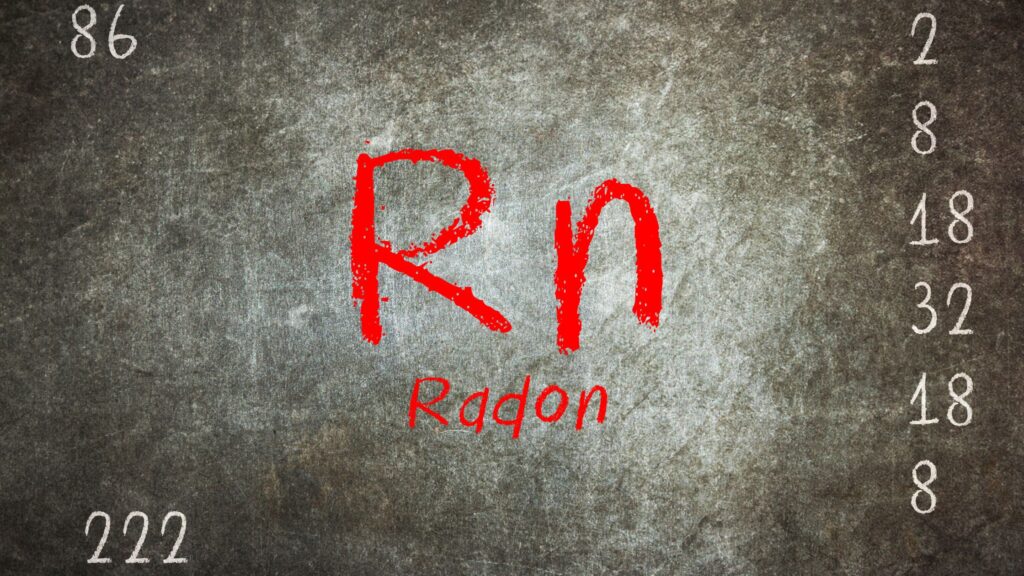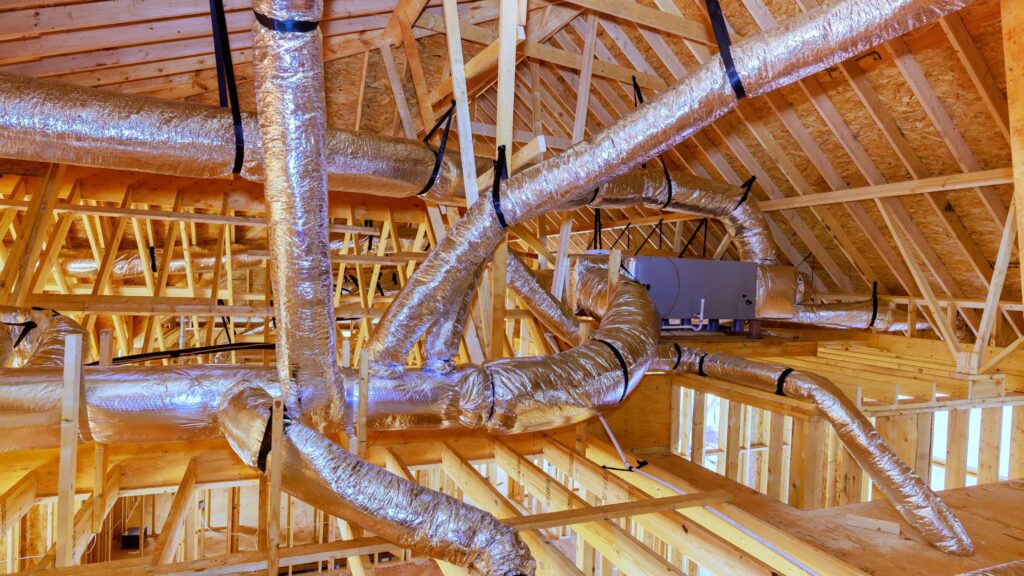When you ask if radon and radium are the same thing, you’re tapping into a common misconception. Many people confuse the two radioactive elements, yet they differ significantly in their properties, health impacts, and roles in environmental safety. In this article, we distinguish radon and radium clearly, explore their sources, and explain why understanding their differences matters—especially if you’re concerned about indoor air quality or radiation exposure.
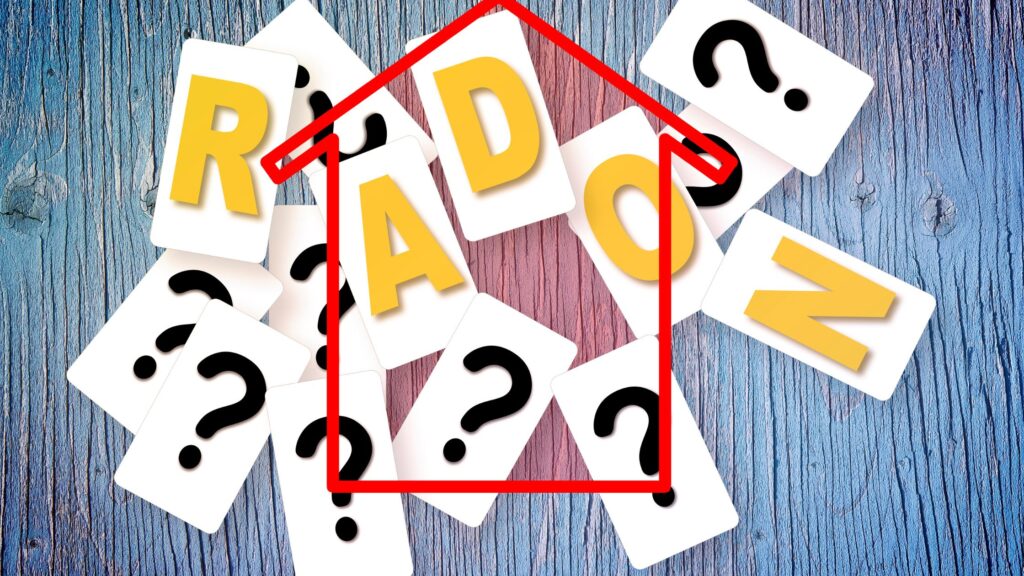
What Is Radium and Radon?
Radium is a naturally occurring element that emerges when other radioactive materials, such as uranium or thorium, decay. Conversely, radon is a radioactive gas. It forms when radium breaks down further. In fact, radium decays into radon. So although they belong to the same decay chain, they exist in different states—radium is a solid metal, while radon is a gas.
Chemical and Physical Differences
- Radium: Solid, dense, and silvery-white, radium belongs to the alkaline earth metals group. Over time, it emits alpha particles.
- Radon: Colorless and odorless, radon gas naturally accumulates in the air, especially in poorly ventilated areas.
Because they differ in state and behavior, clarifying are radon and radium the same thing demands both chemical and a physical context. Indeed, their roles in health risk and detection vary accordingly.
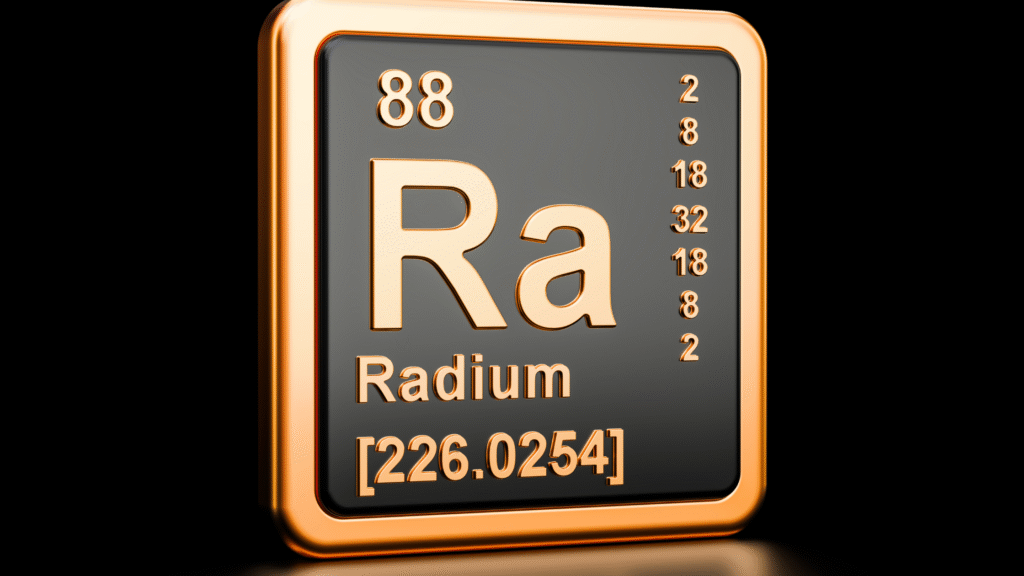
Why the Confusion?
Many people ask if radon and radium are the same thing because they share part of the name and exist within the same radioactive decay series. However, this naming similarity doesn’t mean they act equivalently. Radium emits particles, whereas radon, as a gas, can move freely through soil and indoor spaces. This mobility makes radon a much greater indoor air concern than radium.Learn more about The Difference Between Radon and Radium.
How They Impact Health Differently
Because radium remains in the ground, its primary risk arises during mining or if it contaminates water sources. Radon, on the other hand, easily enters homes through cracks and causes lung issues when inhaled. Therefore, understanding whether radon and radium are the same thing or not is not just a linguistic concern—it’s a matter of public health.
- Radium Exposure
People can ingest radium via contaminated water or inhale radium dust near industrial areas. In such cases, radium accumulates in bones, where it stays for years. Over time, radium exposure can lead to bone damage or cancer.
- Radon Exposure
In contrast, radon gas accumulates in enclosed spaces like basements and crawlspaces. When you inhale radon and its decay products, the alpha particles can damage lung tissues, increasing lung cancer risk. In fact, radon ranks as the second‑leading cause of lung cancer in homes after smoking.
Consequently, when evaluating radon and radium, the same thing, you must consider how they enter and affect the human body. They don’t just differ in their physical state—they create different exposure profiles and health risks.
Sources and Detection
Let’s examine where each element comes from, and how professionals test for them.
A. Radium Sources and Testing
Radium exists naturally in soil, rocks, and groundwater. If your well draws from uranium-rich formations, radium may leach into your water supply. To detect it, experts use laboratory testing on water samples. This process ensures you know whether radium is present above safety thresholds.
B. Radon Sources and Testing
In addition, radon forms in soil and rock. It seeps into buildings through gaps and defects. Because radon is a gas, professionals use specialized detectors—either short-term charcoal or long-term alpha track models. Testing indoor air measures radon concentration in units of picocuries per liter (pCi/L) or becquerels per cubic meter (Bq/m³). If levels exceed health guidelines, mitigation becomes essential.

Mitigation: Concrete Solutions
Although they differ, both radium and radon require professional mitigation when detected above safe levels. That said, radon poses a more immediate concern indoors due to its gaseous form. Therefore, most remediation services focus on reducing indoor radon concentrations.
For radium in water, specialists install treatment systems like ion exchange, reverse osmosis, or greensand filtration. Meanwhile, radon mitigation techniques include:
- Sub-slab depressurization,
- Crawlspace ventilation upgrades,
- And sealing cracks in foundations.
Such measures effectively reduce indoor radon and improve air quality.
Why You Should Care
Now that we’ve clarified that radon and radium are not the same thing, it’s vital to understand what it means for your home or business:
- Indoor Air Quality: Radon can silently accumulate below recommended levels. Only testing can reveal its presence.
- Water Safety: If your property uses well water, radium testing protects you from ingesting harmful levels.
- Health and Investment: Testing and mitigation safeguards family health and preserves property value.
- Legal Requirements: In some areas, radon testing and mitigation form part of real estate transactions, ensuring compliance with regulations.
So distinguishing between radon and radium isn’t just academically correct—it’s essential for taking appropriate action.
Conclusion
To wrap up, when evaluating the question are radon and radium the same thing, you now understand that although they belong to the same decay series, they differ in form, exposure pathways, and health effects. Radium is a solid metal typically encountered in water, while radon is a gas that infiltrates air.
As a result, testing your home’s air and water is essential. If mitigation is necessary, expert methods—whether addressing radon gas or radium in water—ensure safety and peace of mind. For professional testing and mitigation services, visit DSM Radon.
Frequently Asked Questions
1. What exactly are radon and radium?
Radium is a naturally occurring radioactive metal. Radon is a radioactive gas that forms when radium decays. Thus, even though they relate chemically, they differ in state and behavior.
2. Can both elements be tested in my home?
Yes. Radon requires indoor air testing using detectors over days or weeks. Radium testing applies to private water supplies—and requires certified lab analysis.
3. Is one more dangerous than the other?
While both pose health risks, radon gas is more likely to accumulate indoors and increase lung cancer risk. Radium’s health impacts focus on ingestion or dust inhalation, particularly affecting bone tissue.


